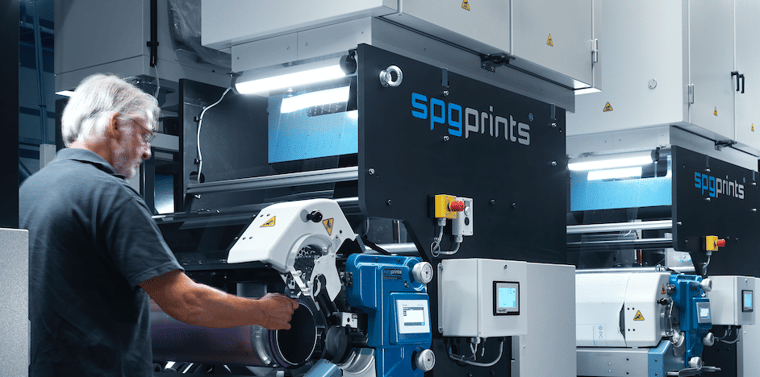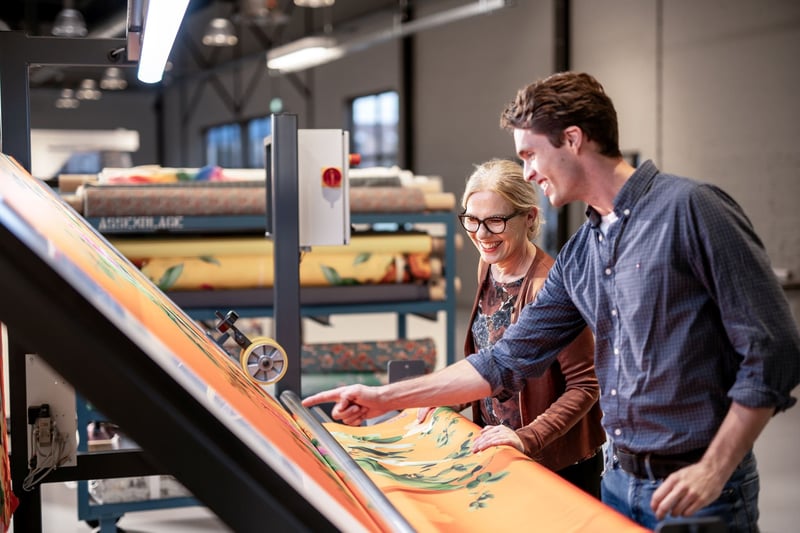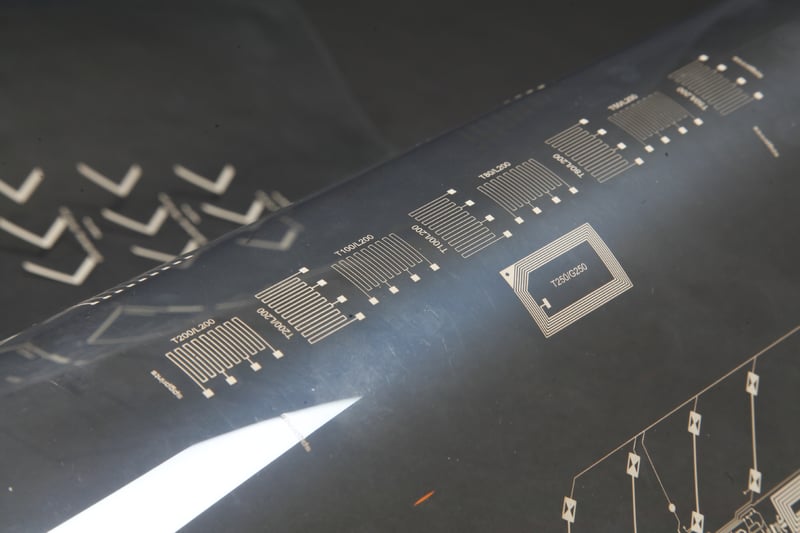Do you already produce your Printed Electronics in the way that suits you best? After all, there are different production techniques and not every technology can meet the challenges of your application.
Wide range of technologies: Rotary Screen Printing, Flatbed or Inkjet?
There are several different techniques for producing Printed Electronics. The techniques differ greatly in advantages, challenges, costs and suitable applications. There is etching, sputtering, slot-die coating, flatbed screen printing, rotary screen printing and you can even print Printed Electronics with an inkjet printer.
This last option is still little used for production. The rheology of the inkjet printer is very sensitive, which means that the ink has to be tuned very well to the head. As a result, the printer has little room for maneuver. Inks are becoming finer and the nanoparticles smaller, but inkjet printing is still mainly used by institutes and for R&D activities. For example, tests are being carried out to determine whether something is feasible or what a print will look like. This printing technique is ideal for development and testing, as the tooling costs are minimal.
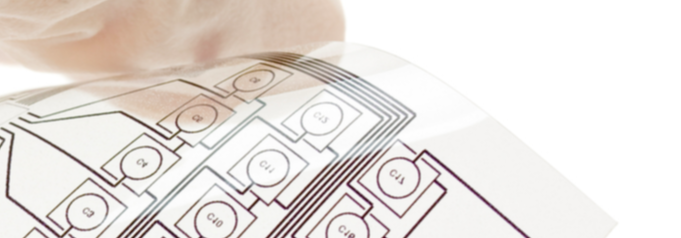
Slot-die coating is a technique in which a solution is delivered onto a substrate via a narrow slot. Just like a print head, this slot is placed very close to the surface. An advantage of this technique is that it is able to achieve extremely consistent results across large areas. It also can easily be integrated into scale-up processes, roll-to-roll and sheet-to-sheet processes.
Etching is also a common production technique, but its biggest disadvantage is the amount of residual waste that is left after manufacturing. Therefore, it is seen as an environmentally unfriendly technique.
Flatbed and Rotary: Screen Printing Techniques for Printed Electronics
Last but not least, are the so-called screen printing technologies. In our Comparison Sheet, we already compared both screen technologies (Flatbed and Rotary Screen Printing) thoroughly.
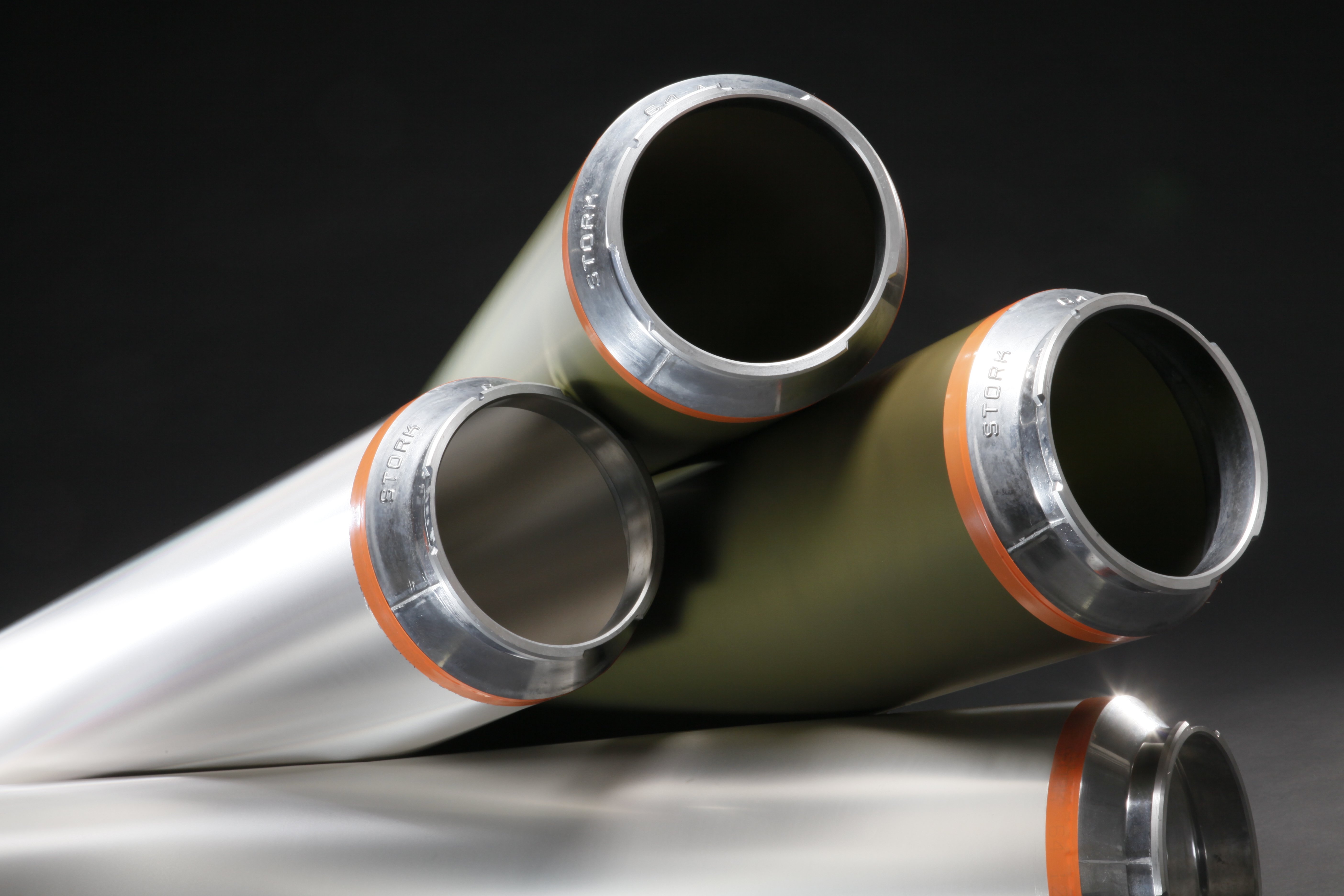
Screens allow you to make adjustments very easily. Additionally, both techniques have a refined print resolution and are known for their register accuracy. Rotary Screen Printing is ideally suited to large print runs and high volumes due to the rotary process. This allows you to print many products in one run. Flatbed screen printing is more suitable for sheet-to-sheet printing and has lower screen costs, although the screens in Rotary Screen Printing last longer.
Challenges and Opportunities of Printed Electronics
As mentioned, there are many techniques for producing Printed Electronics, all of which have their own advantages and challenges. This means that they can all offer different solutions to challenges you may have.
For example, are you dealing with growing volumes that need to be printed? Or do you need to reduce the cost per printed item? And how reproducible is your process? These are questions that can lead you to a particular solution.
It could also happen that you want your error rate to go down and your yield and efficiency to go up. Ironically, you can get your error rate down by testing everything, but at the expense of your efficiency. Testing all individual products can often be done as quickly as producing them, but it is a huge investment. By making your production process reproducible, you don't need to test everything separately.
Possible Applications for Rotary Screen Printing
Reproducibility and continuity are the main advantages of Rotary Screen Printing. But what are the applications that can make the most of this technique?
In fact, it is simple: all Printed Electronics that need to be produced in larger quantities benefit from a rotary process and Rotary Screen Printing. For example, you could use this technology for the production of solar cells (as discusses in our Webinar On-Demand), printed batteries, printed antennas for RFID and NFC technologies (think of entrance passes and payment cards), but Rotary Screen Printing is also an attractive technology for the healthcare sector.
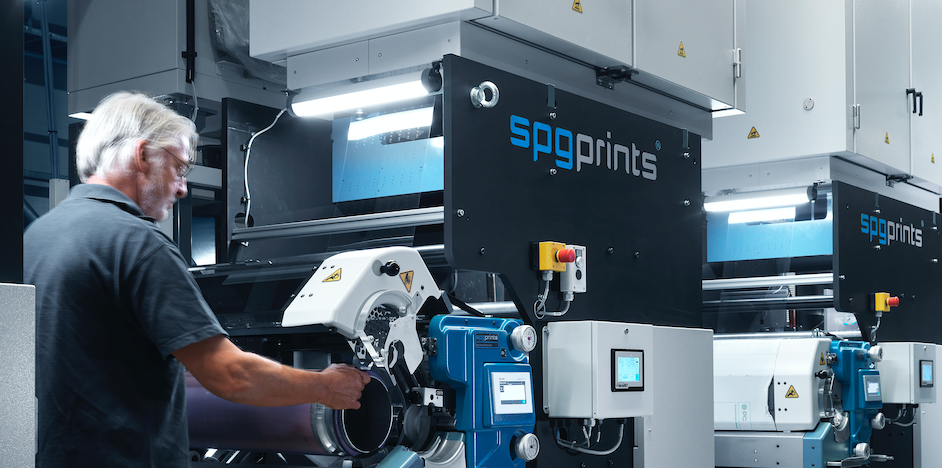
In recent years, test strips have been increasingly used in healthcare to measure blood sugar and even to recognize viruses. This last development has gained momentum partly due to COVID-19. These test strips are needed in large numbers and are therefore extremely suitable for printing with rotary screen printing.
Is Flatbed printing or RSI printing more beneficial for me?
Gain insights into the economic implications of your printing choices by inputting key data in our new calculator:
Do you have any other questions or would you like to discuss your application with one of our specialists? Don't hesitate to contact me or my colleagues here! We will be happy to advise you on the best way to take your printing process and customer satisfaction to the next level.
